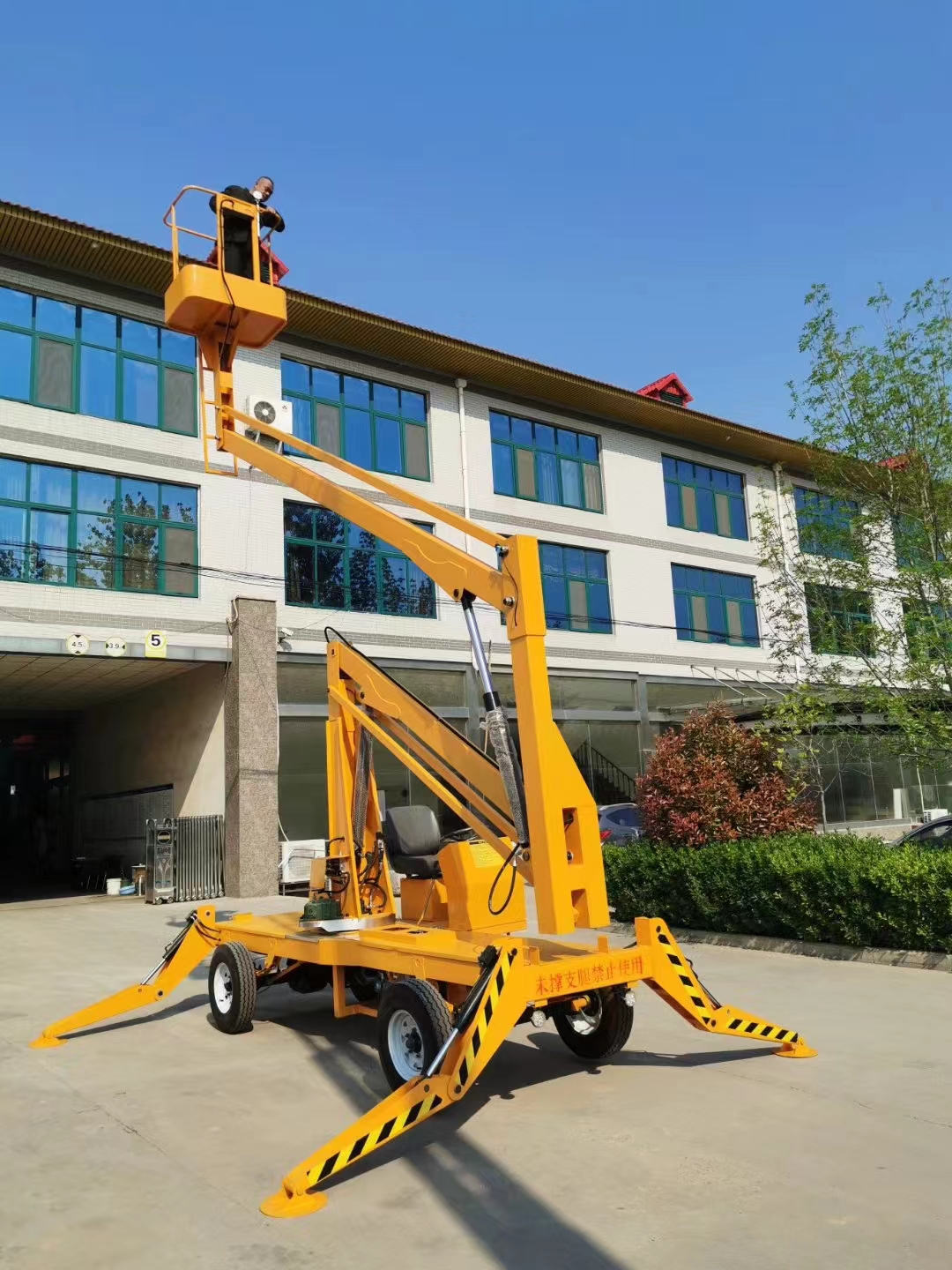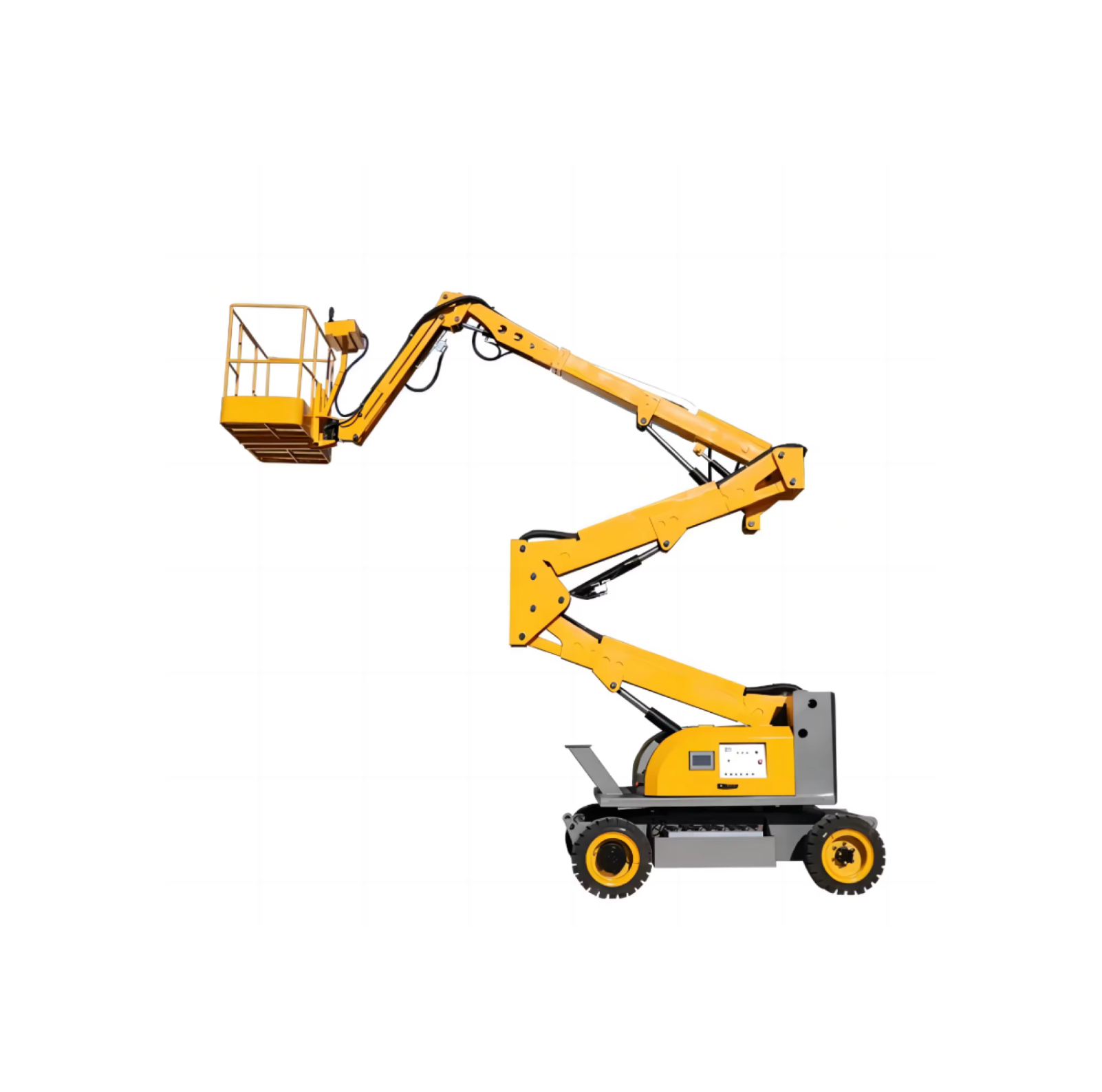
With the continuous development of construction projects, the improvement of construction efficiency and material transportation capabilities have become key factors in modern projects. Among them, the application of vibration motor feeders has become an important means to improve the efficiency of building construction. This article will take an in-depth look at various application examples of vibrating motor feeders in construction projects.

In construction projects, efficient transportation of materials is an important factor in determining construction efficiency. After using a vibrating motor feeder, materials can be transported to the construction site quickly and evenly, significantly shortening the construction period. This equipment delivers materials through vibration, overcoming the delays and unevenness of traditional feeding methods and bringing revolutionary changes to the construction site.
Vibrating motor feeders are designed to have high material transport capabilities and can meet the material transport needs of large-scale construction projects. This kind of equipment can be flexibly adjusted at different construction stages to ensure smooth operation under high load conditions, and can effectively transport sand, concrete or other building materials.

Traditional material transportation often relies on a large amount of manpower, but the use of vibrating motor feeders can effectively reduce manpower input. The increased automation of equipment allows construction personnel to focus more on other aspects that require manual intervention, thus improving the overall construction efficiency.
The vibrating motor feeder can adapt to various complex construction site environments. Its good adaptability allows the equipment to maintain stable operation regardless of high temperature, high humidity or dusty environment. This feature ensures that construction projects can be carried out efficiently regardless of the climatic conditions.

Through the analysis of multiple construction project examples, we clearly see that the vibrating motor feeder effectively improves construction efficiency and material transportation capabilities, reduces labor costs, and can adapt to various complex construction site environments. In the future, with the continuous improvement of efficiency and safety requirements in the construction industry, vibrating motor feeders are bound to be widely used in more engineering projects.

We look forward to vibrating motor feeders contributing more to the development of future construction projects.
